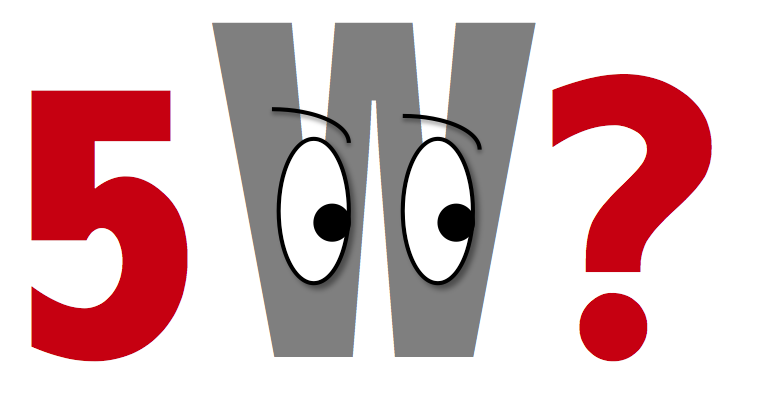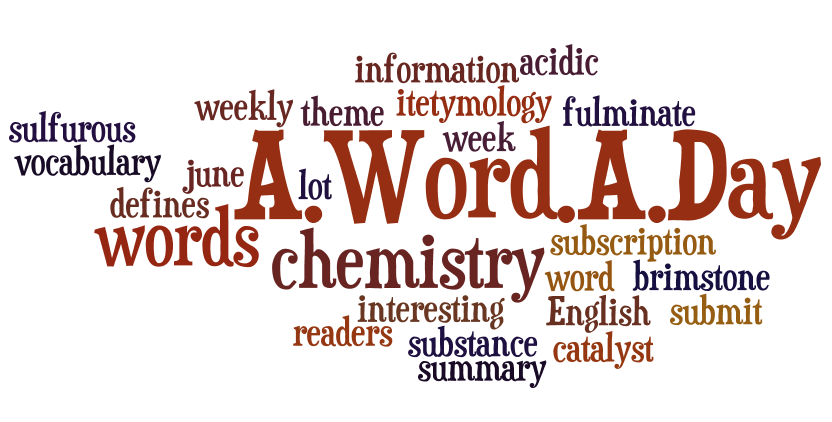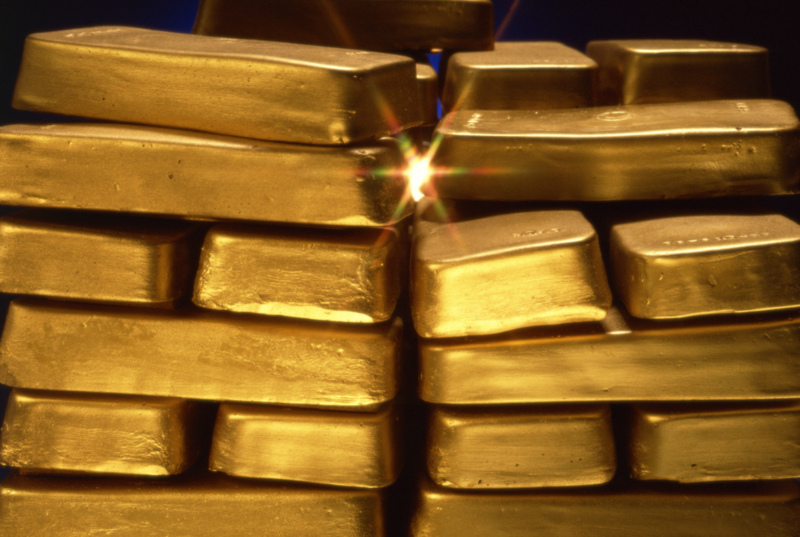
Using the 5 Ws for Science Writing
Science writing, in some respects, is no different to other types of journalistic writing. It is about: Who?, What?, Why?, When?, Where? and (w)How?
Who? It is helpful to contextualise any story, we want to know which genius is responsible…

A.Word.A.Day lists words from chemistry
In early June, the theme of the week for A.Word.A.Day was words from chemistry.

Visual eloquency with Wordle word clouds
Word clouds can be used to create curiousity and enhance creativity. In this tutorial, Iva F. will introduce you to Wordle—a simple, fun and versatile web tool.

LinkedIn champion publishes weekly link tips about science communication
The Week’s Top Science Communication Stories is a weekly link list published on LinkedIn by Kirk Englehardt at Georgia Tech—a true LinkedIn champion who demonstrates the true potential of this media platform.

Chemistry Champions Contest – deadline extended
In April, the American Chemical Society launched the Chemistry Champions contest in an ”an effort to find and train promising science communicators”. As the number of participants seems to be small, why don’t take the chance to go to San Francisco?

”If you talk to the press, people might offer you gold mines”
Popular science twitterer @AstroKatie, a.k.a. Katherine J Mack, gave an interview for the Economist and then received a request from a firm looking for a use for an exhausted goldmine–something may be just the right kind of environment for a astro physics lab!

Analogies—when two similar worlds meet
Properly used, analogies can give a huge help for understanding the structure of what we are telling each other. But then again: which is the proper way to use them? Norbert Majubu offers some reflections on how people often misuse analogies in science communication and reasoning.

